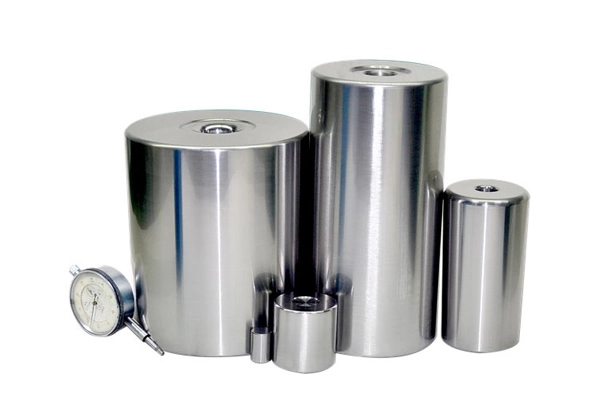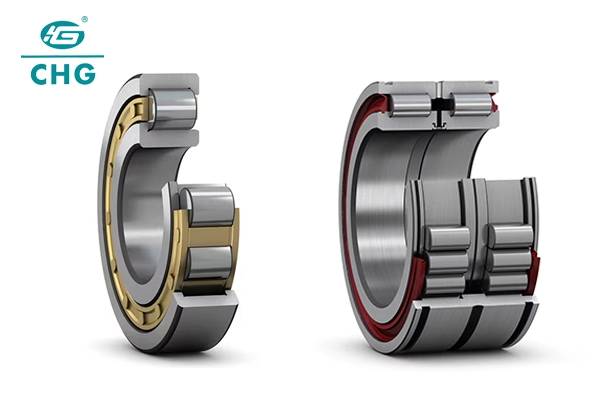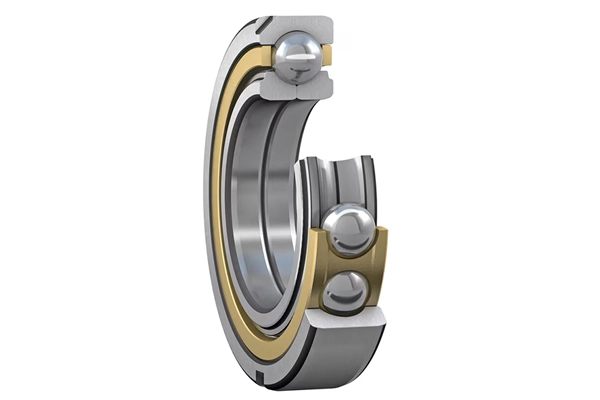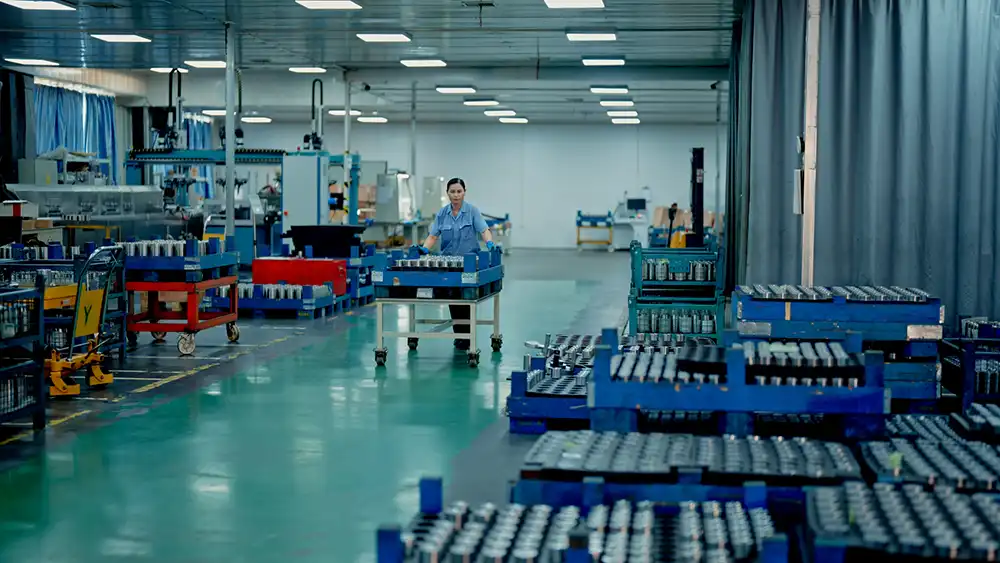What are Cylindrical Rollers?
Cylindrical rollers are precision-engineered components that play a crucial role in bearing applications across various industries. These cylindrical-shaped rolling elements are designed to handle heavy radial loads while maintaining minimal friction and providing smooth operation. With their uniform diameter and length, cylindrical rollers distribute loads evenly across their surface, making them ideal for applications requiring high load capacity and precise rotational movement.

How do cylindrical roller bearings differ from ball bearings?
Cylindrical roller bearings and ball bearings represent two distinct approaches to managing rotational motion and load distribution in mechanical systems. The fundamental difference lies in their contact geometry and load-bearing capabilities. While ball bearings make point contact with the races, cylindrical rollers make line contact, which significantly increases the load-bearing surface area.

The increased contact area of cylindrical rollers provides several advantages over ball bearings. First, they can handle much higher radial loads, making them suitable for heavy industrial applications such as gearboxes, rolling mills, and heavy machinery. The line contact also results in better load distribution, reducing stress concentrations and extending the bearing's service life.
Another crucial difference is their ability to accommodate misalignment. Ball bearings generally have better tolerance for minor shaft misalignment due to their point contact nature. However, cylindrical roller bearings excel in applications where the loads are predominantly radial and the shaft alignment is well-maintained. They also offer superior stiffness, which is essential in precision machinery and equipment where minimal deflection is required.

The speed capabilities of these bearing types also differ significantly. Ball bearings typically handle higher speeds more effectively due to their lower friction characteristics. However, cylindrical roller bearings can operate at moderately high speeds while supporting much greater loads, making them the preferred choice in heavy-duty industrial applications where both speed and load-bearing capacity are required.
Maintenance requirements and lubrication needs also vary between the two types. Cylindrical roller bearings often require more precise lubrication due to their line contact nature, but they tend to have better wear characteristics under proper operating conditions.
What factors affect cylindrical roller bearing performance?
The performance of cylindrical roller bearings is influenced by numerous interconnected factors that must be carefully considered during design, installation, and operation. Understanding these factors is crucial for achieving optimal bearing performance and longevity.

Operating temperature plays a vital role in bearing performance. The thermal characteristics of cylindrical roller bearings affect both the bearing material and lubricant properties. As temperatures rise, material expansion can alter internal clearances, while excessive heat can degrade lubricant properties. Proper temperature management through appropriate lubrication and cooling systems is essential for maintaining optimal performance.
Lubrication quality and quantity significantly impact bearing life and efficiency. The lubricant film thickness must be adequate to prevent metal-to-metal contact between the rollers and races. Factors such as operating speed, load, and temperature influence the required lubricant viscosity and film thickness. Insufficient lubrication leads to increased friction and wear, while over-lubrication can cause churning losses and elevated operating temperatures.
Installation and mounting precision are critical factors affecting performance. Proper alignment, appropriate fits, and correct internal clearance settings are essential for optimal operation. Misalignment can lead to uneven load distribution, increased friction, and premature failure. The mounting arrangement must also account for thermal expansion and contraction during operation.
Load characteristics, including magnitude, direction, and duration, significantly influence bearing performance. While cylindrical roller bearings excel at handling heavy radial loads, they have limited axial load capacity. The load distribution across the rollers affects contact stress patterns and overall bearing life. Dynamic load variations and shock loads must be considered in bearing selection and application design.
Environmental conditions such as contamination, moisture, and vibration can substantially impact bearing performance. Proper sealing arrangements and maintenance procedures are essential for protecting bearings from harmful environmental factors.
How to maintain cylindrical roller bearings for optimal lifespan?
Maintaining cylindrical roller bearings requires a systematic approach that encompasses regular inspection, proper lubrication, and preventive maintenance practices to ensure optimal performance and maximum service life.
Implementing a comprehensive lubrication program is fundamental to bearing maintenance. This includes selecting the appropriate lubricant type, establishing correct lubrication intervals, and monitoring lubricant condition. Regular oil analysis can detect contamination, degradation, and wear particles, providing valuable insights into bearing health. The lubrication schedule should consider operating conditions, environment, and manufacturer recommendations.
Regular monitoring of bearing operating parameters is essential for early detection of potential problems. This includes tracking temperature, vibration levels, and unusual noise patterns. Modern condition monitoring techniques, such as vibration analysis and thermography, can identify developing issues before they lead to failure. Establishing baseline measurements and trend analysis helps in detecting gradual deterioration.
Proper handling and installation procedures are crucial for bearing longevity. This includes using appropriate tools and techniques during installation and removal, maintaining cleanliness, and following manufacturer guidelines for mounting procedures. Correct alignment and proper clearance settings during installation significantly impact bearing performance and life.
Developing a scheduled maintenance program that includes periodic inspections and preventive maintenance tasks is vital. This should include checking for signs of wear, examining seals and housings, and verifying proper clearances. Documentation of maintenance activities and findings helps in tracking bearing performance over time and planning future maintenance activities.
Environmental protection measures, such as proper sealing and contamination control, are essential aspects of bearing maintenance. This includes regular inspection and replacement of seals, maintaining clean lubricant supplies, and implementing appropriate filtration systems.
Training maintenance personnel in proper bearing handling, installation, and maintenance procedures is crucial for ensuring consistent care and avoiding damage due to improper maintenance practices.
Luoyang Huigong Bearing Technology Co., Ltd. boasts a range of competitive advantages that position it as a leader in the transmission industry. Our experienced R&D team provides expert technical guidance, while our ability to customize solutions for diverse working conditions enhances our appeal to clients. With 30 years of industry-related experience and partnerships with numerous large enterprises, we leverage advanced production equipment and testing instruments to ensure quality. Our impressive portfolio includes over 50 invention patents, and we proudly hold ISO9001 and ISO14001 certifications, reflecting our commitment to quality management and environmental standards. Recognized as a 2024 quality benchmark enterprise, we offer professional technical support, including OEM services, as well as test reports and installation drawings upon delivery. Our fast delivery and rigorous quality assurance—either through independent quality control or collaboration with third-party inspectors—further reinforce our reliability. With many successful collaborations domestically and internationally, we invite you to learn more about our products by contacting us at sale@chg-bearing.com or calling our hotline at +86-0379-65793878.
References
1. SKF Bearing Maintenance Handbook (2019). SKF Group, Sweden.
2. NSK Technical Report: Cylindrical Roller Bearings Design Guide (2020).
3. Timken Engineering Manual: Cylindrical Roller Bearing Catalog (2021).
4. Journal of Tribology: "Advanced Analysis of Cylindrical Roller Bearing Performance" (2022).
5. Schaeffler Technical Guide: Bearing Installation and Maintenance (2023).
6. Machine Design: "Understanding Roller Bearing Technology" (2021).
7. Industrial Maintenance & Plant Operation: "Best Practices in Bearing Maintenance" (2022).
8. Bearing News: "Latest Developments in Cylindrical Roller Bearings" (2023).
9. International Journal of Mechanical Engineering: "Optimization of Cylindrical Roller Bearing Design" (2022).
10. Plant Engineering: "Essential Guide to Bearing Maintenance and Reliability" (2023).

